Phone: (714) 695-1566
Fax: (714) 695-1553
Email: info@salinaspt.com
23655 Via Del Rio, Suite C
Yorba Linda, CA 92887
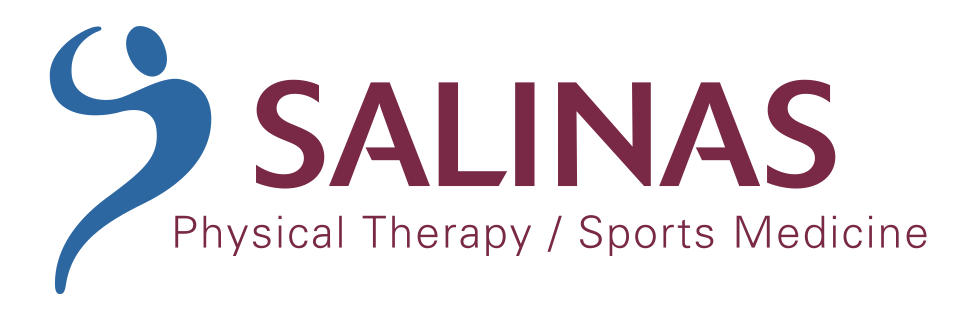
Phone: (714) 695-1566
Fax: (714) 695-1553
Email: info@salinaspt.com
23655 Via Del Rio, Suite C
Yorba Linda, CA 92887

Patellofemoral pain syndrome (PFPS), known as “runner’s knee,” is common among athletes, active individuals, and even those with sedentary lifestyles. Patella malalignment or tracking is thought to be the primary problem that causes this type of pain. The pain is typically localized to the front of the knee and originates from behind the kneecap (patella). However, it is not unique to runners and also affects those sports that involve repetitive knee bending, like cycling, basketball, and volleyball. PFPS can affect many individuals, making it one of the most common conditions we see in sports medicine and rehabilitation.
Research suggests that PFPS accounts for 25-40% of all knee problems seen in a sports injury clinic. [2] In addition, women tend to be more susceptible than men because of some of their anatomical differences, like a wider pelvis, which can affect the alignment. [2] These are a few PFPS risk factors that have been proposed:
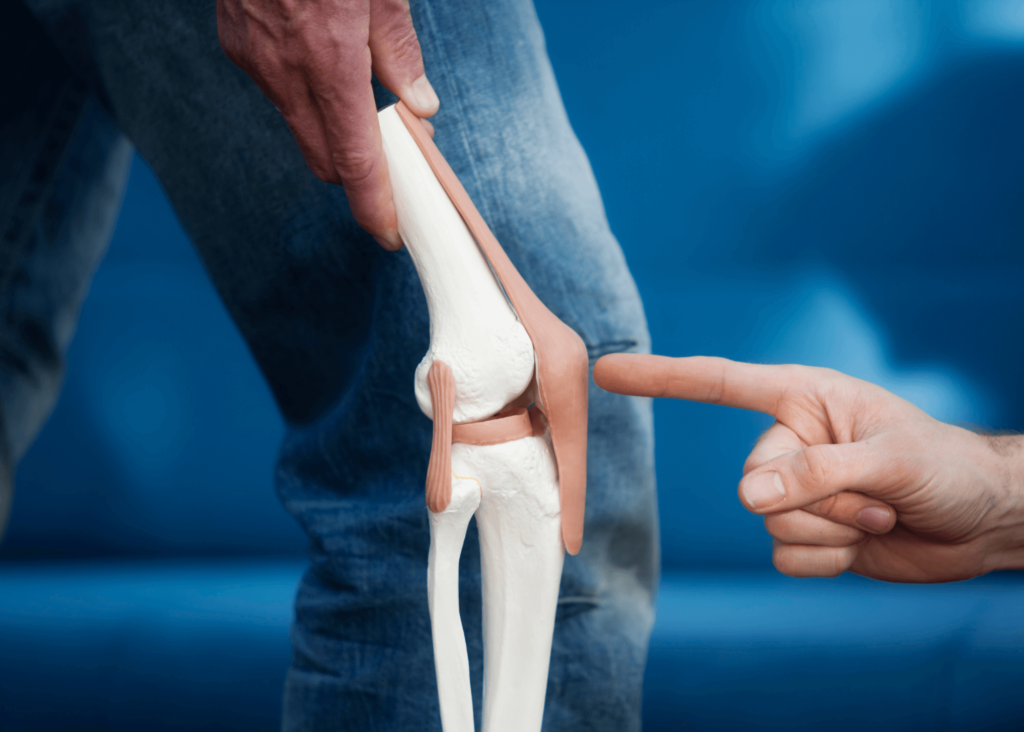

Fortunately, effective treatment options can help alleviate patellofemoral pain. The challenge is that everyone has unique circumstances, so the approach is most effective when individualized. Here are a few exercises we prescribe for home and interventions we use in our clinic.
Before embarking on any form of exercise it will be important to control the amount of stress placed through the knee. Overuse or improper form can quickly lead to further complications down the line. Listening to your body and allowing adequate recovery time will improve the healing process. This strategy alone will result in a reduction of pain.
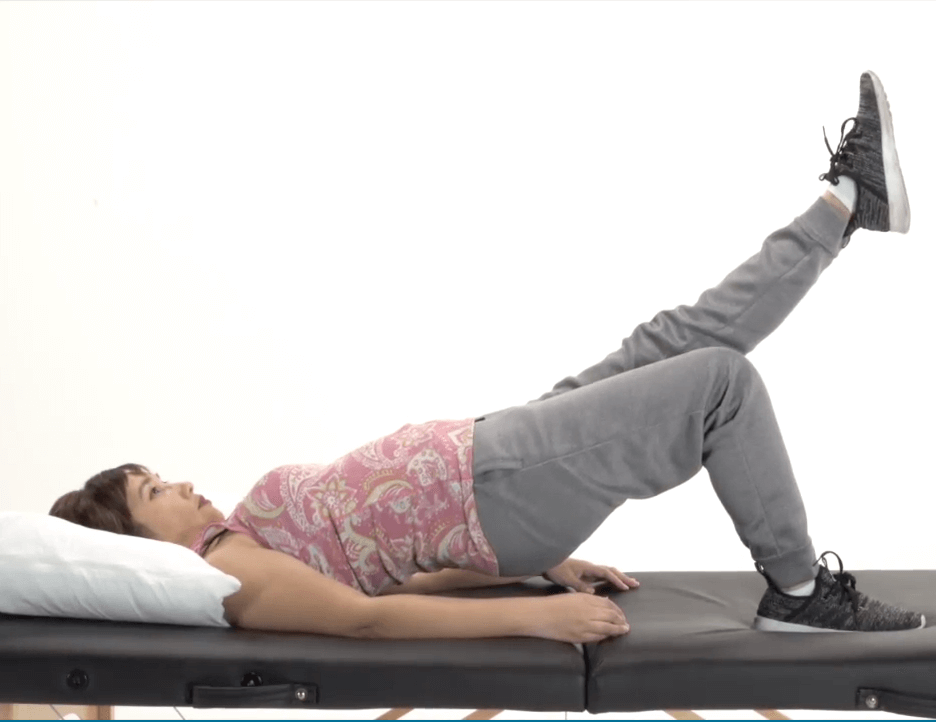
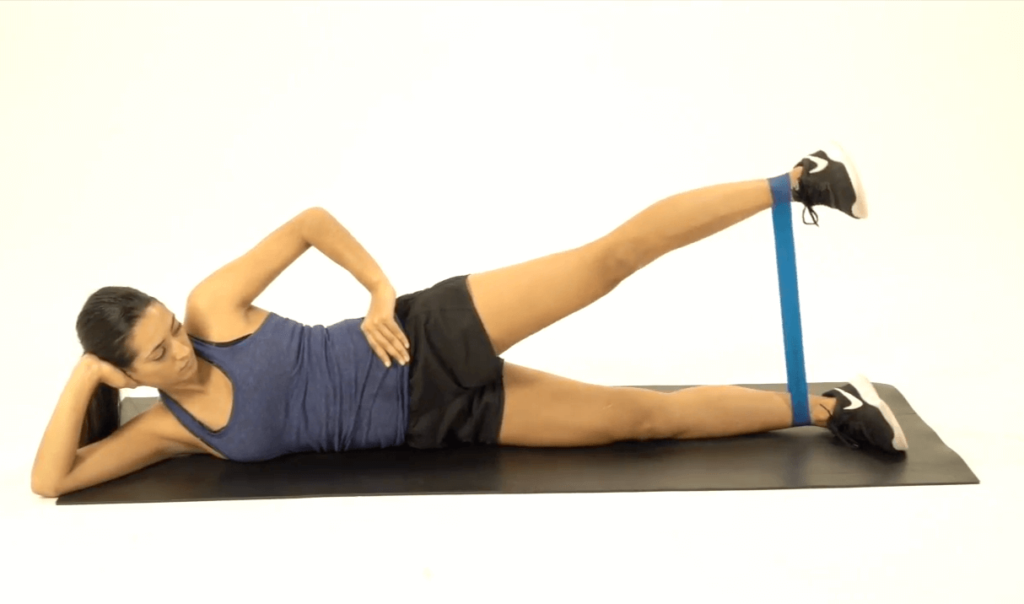

Strengthening the quadriceps can be challenging when the knee is painful. These are 2 examples we use to begin the process:
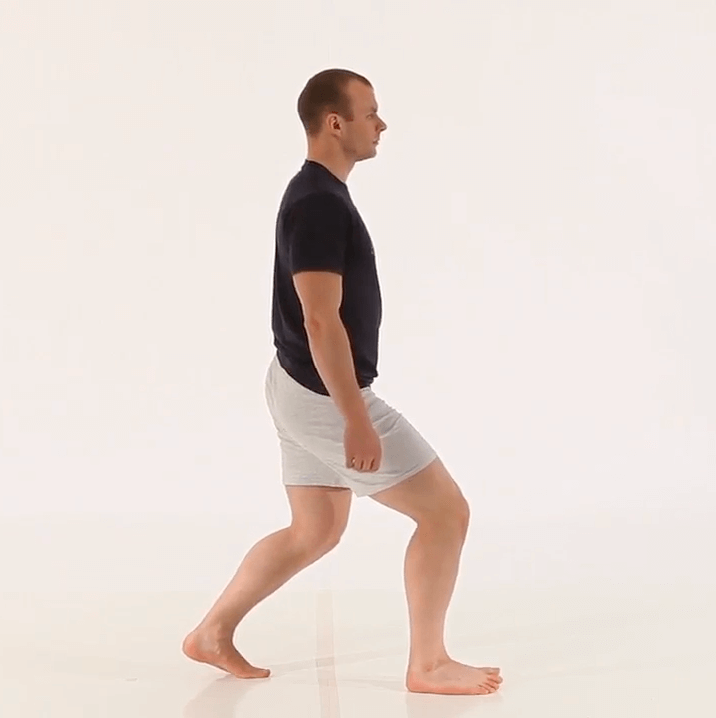
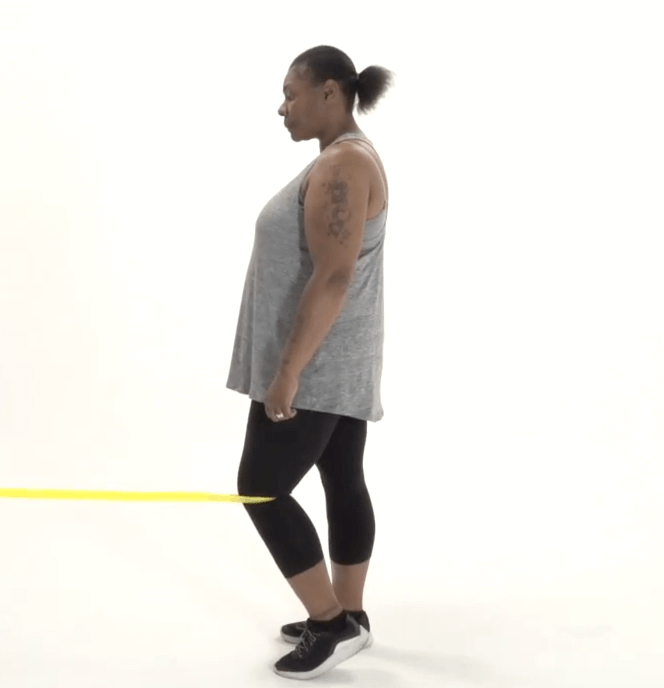
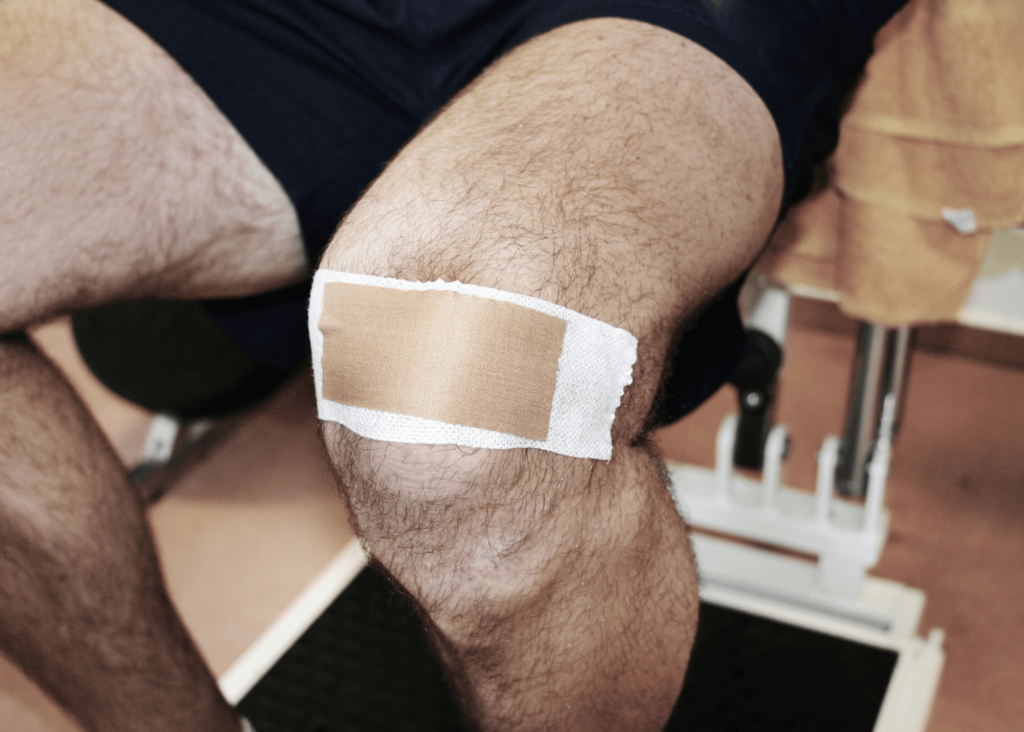


Patellofemoral pain can be frustrating and limiting, but it can be effectively managed with the right approach. The most effective strategies are individually designed after a thorough evaluation. Strengthening the muscles around the knee, improving flexibility, and using targeted intervention like patellar taping and BFR are all excellent strategies to reduce pain and restore the normal function of your knee. Whether you’re and athlete, an active adult or someone dealing with everyday knee pain, incorporating these exercises and interventions can help your regain pain-free movement.
In Good Health,
The Salinas PT Team
[1] Barton, C. J., Lack, S., Hemmings, S., Tufail, S., & Morrissey, D.** (2015). *The ‘Best Practice Guide to Conservative Management of Patellofemoral Pain: Incorporating Level 1 Evidence with Expert Clinical Reasoning*. British Journal of Medicine, 49(14), 9 and 23-934.
[2] Crossley, K. M., van Middelkoop, M., Callaghan, M. J., Collins, N. J., Rathleff, M. S., & Barton, C. J.** (2016). *Patellofemoral Pain Consensus Statement from the 4th International Patellofemoral Pain Research Retreat, Manchester.* British Journal of Sports Medicine, 50(14), 844-852.
[3] Boling, M. C., Padua, D. A., Marshall, S. W., Guskiewicz, K., Pyne, S., & Beutler, A.** (2009). *A Prospective Investigation of Biomechanical Risk Factors for Patellofemoral Pain Syndrome: The JUMP-ACL Study.* The American Journal of Sports Medicine, 37(11), 2108-2116.
[4] Witvrouw, E., Callaghan, M. J., Stefanik, J. J., Noehren, B., Bazett-Jones, D. M., Willson, J. D., Neal, B. S., & Crossley, K. M.** (2014). *Patellofemoral Pain: Consensus Statement from the 3rd International Patellofemoral Pain Research Retreat Held in Vancouver, September 2013.* British Journal of Sports Medicine, 48(6), 411-414.
[5] Collins, N. J., Bisset, L. M., & Crossley, K. M.** (2012). *Efficacy of Nonsurgical Interventions for Anterior Knee Pain: Systematic Review and Meta-analysis of Randomized Trials.* Sports Medicine, 42(1), 31-49.
Disclaimer: The information provided on SalinasPT’s website is for general informational purposes only and should not be considered a substitute for professional medical advice. We strive to ensure the accuracy and timeliness of the information. By using this website, you acknowledge that you assume full responsibility for any actions taken based on the information provided, and we disclaim all liability for any damages or consequences resulting from such actions. Always consult a qualified healthcare professional for personalized medical advice and treatment.